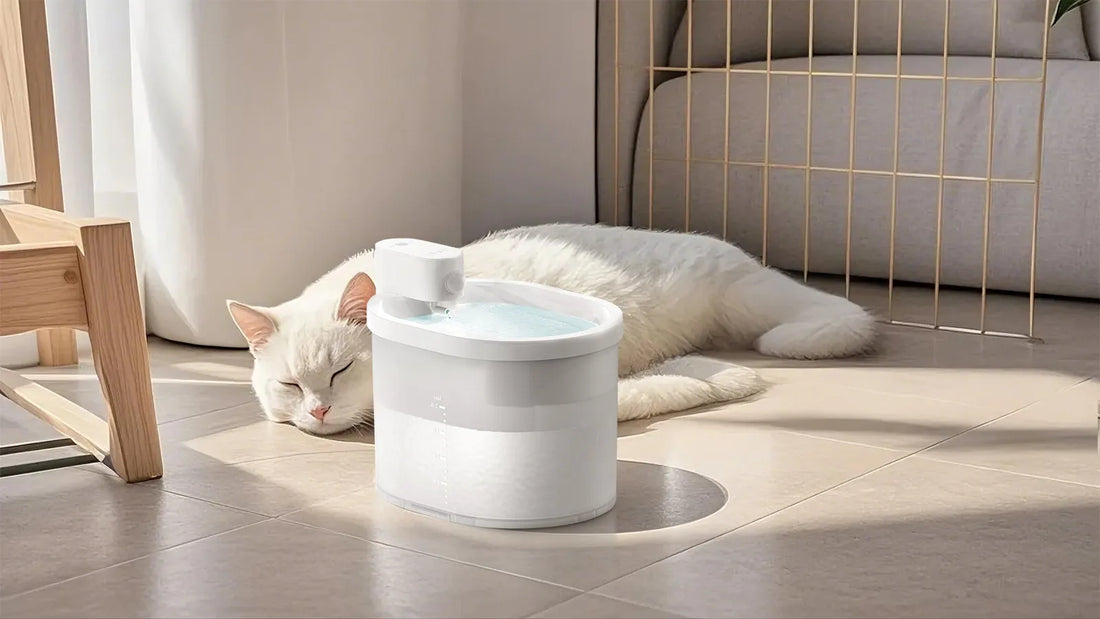When it comes to your dog's health, their ears are often overlooked but play a crucial role in their overall well-being. Understanding the difference between clean and dirty dog ears can help you spot potential issues early and ensure your pet stays happy and healthy. This guide will walk you through everything you need to know about canine ear health, from identifying problems to maintaining cleanliness.
Why Dog Ear Health Matters
Dog ears are more than just adorable floppy or pointy features; they are essential for their hearing and balance. However, their unique structure also makes them prone to infections and other issues. Dirty ears can harbor bacteria, yeast, and parasites, leading to discomfort and even serious health problems. On the other hand, clean ears are a sign of good hygiene and can prevent many of these issues.
Signs of Clean Dog Ears
Healthy, clean dog ears have a few key characteristics. They should be free of any foul odor, and the skin inside the ear should appear pink and smooth. There should be minimal wax buildup, and your dog should not show signs of discomfort, such as scratching or shaking their head. Regular grooming and cleaning can help maintain this ideal condition.
Signs of Dirty Dog Ears
Dirty dog ears can be a breeding ground for infections. Common signs include a strong, unpleasant odor, excessive wax or discharge, redness, swelling, and visible debris. Your dog may also scratch their ears frequently or shake their head, indicating discomfort. If you notice any of these signs, it's essential to address the issue promptly to prevent further complications.
Common Causes of Dirty Dog Ears
Several factors can contribute to dirty dog ears. Allergies, ear mites, and infections are common culprits. Additionally, dogs with floppy ears or those that swim frequently are more prone to ear issues. Poor hygiene and lack of regular cleaning can also lead to buildup and infections. Understanding these causes can help you take preventive measures.
How to Clean Your Dog's Ears
Regular ear cleaning is vital for maintaining your dog's ear health. Start by gathering the necessary supplies, such as a vet-recommended ear cleaner and cotton balls or gauze. Gently lift your dog's ear flap and apply the cleaner, massaging the base of the ear to loosen any debris. Use the cotton balls or gauze to wipe away the loosened material, being careful not to insert anything deep into the ear canal. Always reward your dog with a treat to make the experience positive.
When to Seek Veterinary Help
While regular cleaning can prevent many issues, some conditions require professional attention. If your dog's ears are severely inflamed, have a foul odor, or if your dog is in significant discomfort, it's time to visit the vet. Persistent infections or recurring issues may also indicate an underlying problem that needs to be addressed. Early intervention can prevent more serious health concerns.
Preventive Measures for Clean Dog Ears
Prevention is always better than cure when it comes to your dog's ear health. Regular grooming, including ear cleaning, is essential. Keep an eye on your dog's ears for any signs of trouble, especially if they have floppy ears or swim often. Addressing allergies and ensuring your dog's overall health can also help prevent ear issues. A proactive approach can save you and your pet from discomfort and costly treatments.
Maintaining clean dog ears is a simple yet crucial aspect of pet care. By understanding the difference between clean and dirty ears and taking preventive measures, you can ensure your furry friend stays healthy and happy. Regular cleaning, monitoring, and prompt veterinary care when needed can make all the difference. Your dog's ears are a window to their overall health, so give them the attention they deserve.













